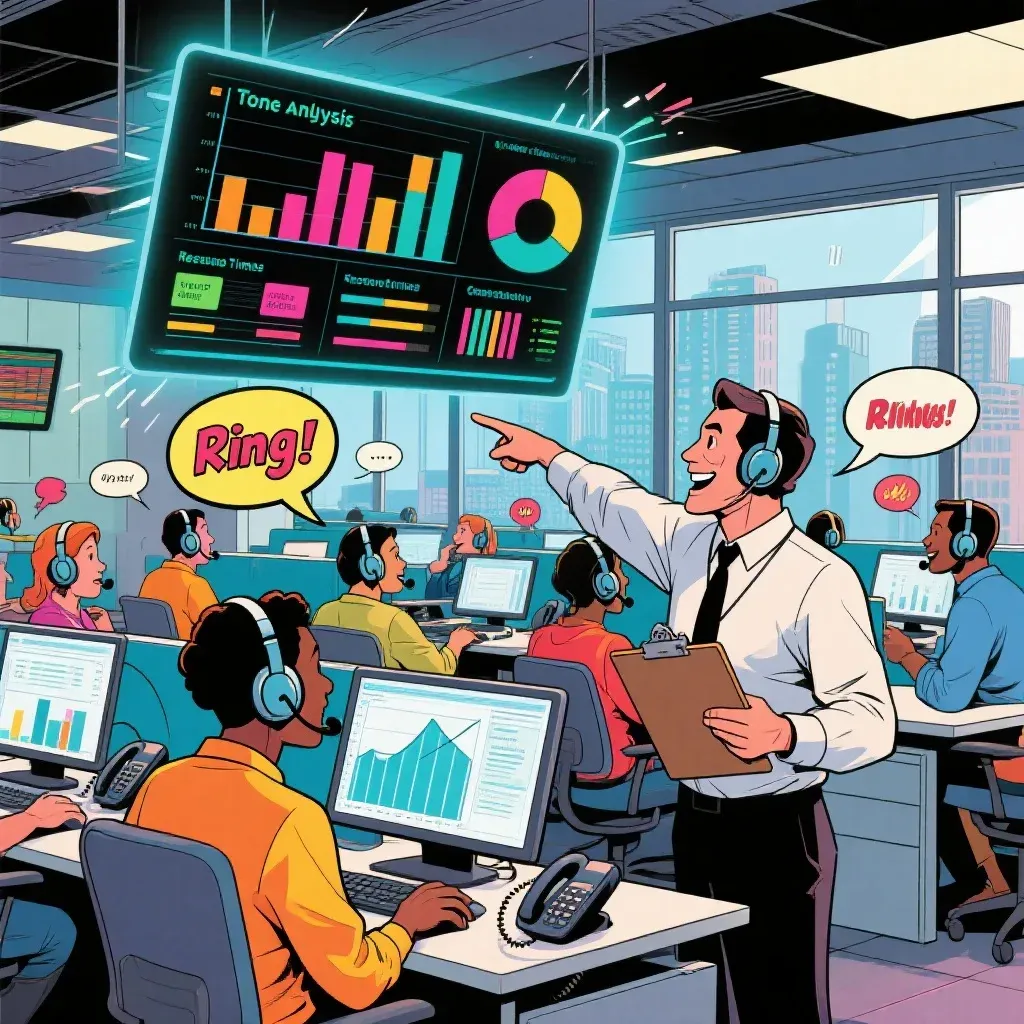Tel: 650-980-4870
Blog

Contact Center Behavioral Analysis
Analyzing behavior in a contact center typically involves capturing and evaluating various aspects of an interaction, like tone of voice, word choice, response time, and even non-verbal cues if video is involved. Modern tech, like AI-driven sentiment analysis and speech analytics, can break down conversations in real-time or post-call to identify emotions, stress levels, and whether the customer feels heard or frustrated. It can also assess the agent’s approach—whether they’re empathetic, assertive, or maybe a bit too robotic. Some systems even track metrics like talk-to-listen ratios to see if an agent is dominating the convo or letting the customer speak.
The benefits of this kind of analysis for coaching are huge. For starters, it gives managers concrete data to work with instead of just gut feelings or random call sampling. If an agent consistently gets low sentiment scores on calls where customers sound agitated, a coach can pinpoint exactly where things go south—maybe the agent interrupts too often or doesn’t acknowledge the customer’s frustration. With this insight, coaching becomes super targeted. You can play back specific moments from a call, discuss alternative responses, and role-play better ways to de-escalate or build rapport.
Another big win is personalization. Not every agent needs the same training, right? Behavior analysis helps identify individual strengths and weaknesses. One agent might excel at handling angry customers but struggle with upselling, while another might be the opposite. Coaches can tailor their feedback and training plans to focus on what each person needs most, which is way more effective than generic workshops.
It also boosts accountability and motivation. When agents see hard evidence of how their behavior impacts outcomes—like a direct link between their tone and customer satisfaction scores—they’re often more driven to improve. Plus, it’s not just about pointing out flaws; highlighting positive behaviors (like when an agent’s calm demeanor turns a heated call around) reinforces what works and builds confidence.
From a broader perspective, this kind of analysis can improve overall contact center performance. Patterns in behavior data might reveal systemic issues—like a script that consistently annoys customers or a product issue sparking repeated complaints. Coaches and managers can use this to tweak processes or escalate feedback to other departments, ultimately creating a better customer experience.
Menu
Services
© Copyright 2023. Optimal Outcomes. All rights reserved.
